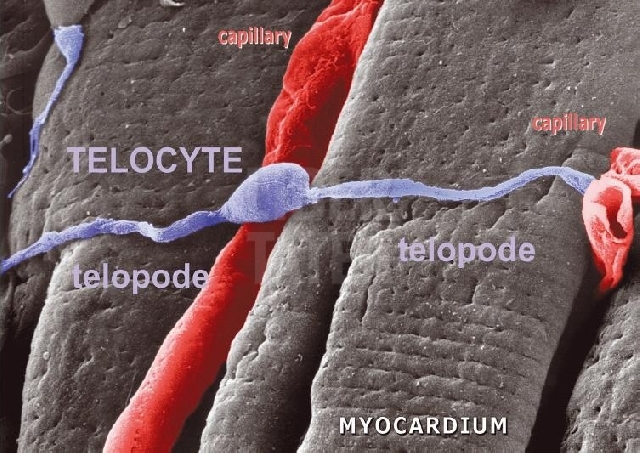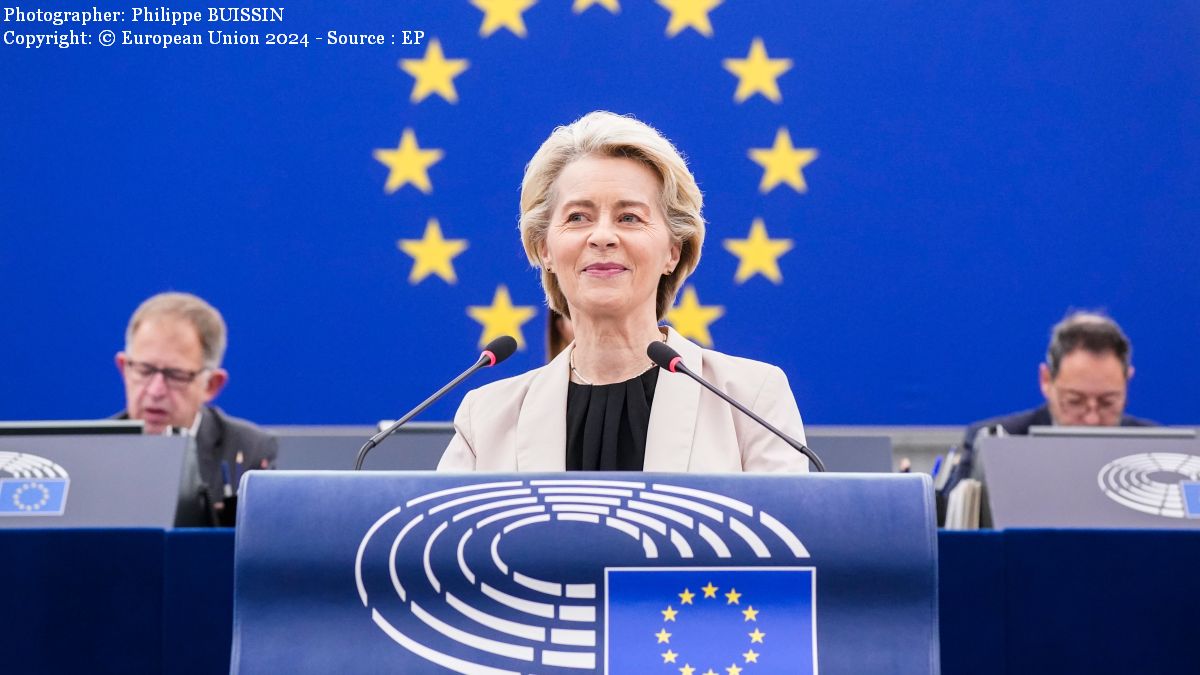Telocytes and liver regeneration

Corina Cristea, 08.08.2014, 12:58
Discovered four years ago by the Victor Babes National Pathology Institute, telocytes have a small cellular body with long extensions, and work in tandem with stem cells. The discovery was in fact made in 2005, and the scientists responsible for it initially referred to telocytes as “Cajal-like” cells, due to their resemblance to the interstitial cells of Cajal, named after the person who discovered them. Later studies have shown, however, that these cells are very different from the Cajal cells. The most recent studies have shown that telocytes may have a role in liver regeneration, and can play a part in regenerating the myocardial muscle after a heart attack, creating new capillaries.
Academy member Laurentiu Popescu, the general manager of the Victor Babes Institute, the discoverer of the cells, says telocytes have been uncovered even in heart valves. Ionel Sinescu, the rector of the Carol Davila University of Medicine and Pharmacy explains:
“Fully formed organs, with all cells at maturity, that have been transplanted in animals, have functioned for extended periods of time. 20 years ago, this was unthinkable even for the most optimistic of researchers.” For the time being, the role of telocytes has only been tested on lab rats, but their discovery opens up the way for curing serious ailments, such as heart attacks and cirrhosis.
Experts claim that millions of people could be cured, knowing that one of the worst killers are cardiovascular conditions. Romania has the largest number of people dying of cardiovascular diseases in Europe. Laurentiu Popescu explains that if you surgically remove a large part of a rat liver, it grows back in a matter of weeks. If you count telocytes scientifically during that period, you can see them growing in number:
“Within the last year, telocytes have been found beyond the 25 organs in which they have been discovered so far, in skin, the eyes and bone marrow. What is sensational is the fact that telocytes grow and are involved in the regeneration of the liver. I don’t know if we are going to be able to prove that telocytes are the reason for which the liver regenerates. There already is information that some diseases, such as multiple sclerosis, are caused by the lack of telocytes.”
The novelty in the medical research of telocytes is their disappearance or dwindling in the case of some diseases, such as MS and psoriasis, according to Laurentiu Popescu. The latest study was conducted by a team of researchers from the Victor Babes Institute in collaboration with scientists from Germany, China, Italy, Belgium, Poland, Spain and the US. In Guangzhou, in China, where the Romanian team worked, they transplanted for the first time telocytes in rats. The heart muscle affected by an induced heart arrest grew back.
The recovery of tissues and organs is one of the biggest challenges, because as the body ages, organs change their structure, they degenerate, and transplants are the compromise solution. The real solution, according to Laurentiu Popescu, is gradual degeneration through a procedure that allows regeneration. According to studies, treatment involving telocytes is 10 times more effective than traditional stem cell treatment.
Research in Romania may benefit of a grant from the ministry of education. This would involve modernising the infrastructure aimed at advanced cellular and molecular medicine in a country where research benefits from very little funding compared to other European Union countries. The entire project, lasting 18 months, requires around 10 million euros worth of investment.
The Victor Babes Institute has 19 Nobel prize nominations so far, and it could actually get the coveted prize if telocyte research continues. For the time being, Laurentiu Popescu is the first Romanian to get the prestigious White Magnolia award granted by the municipality of Shanghai, shortly after he was awarded the 2012 gold medal of the International Academy for Cardiovascular Studies of the United States, a Nobel prize of sorts for the world cardiology community.






























